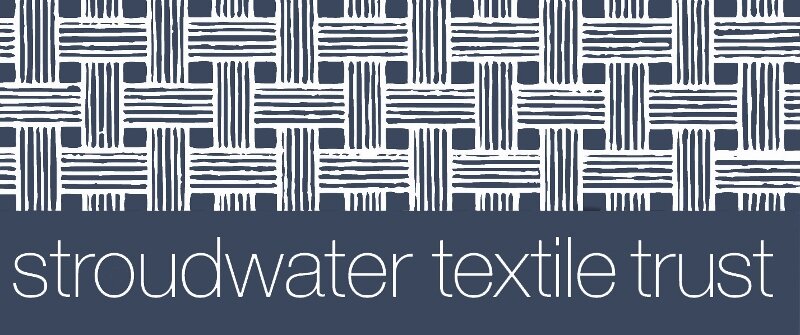Textile Heritage
The roots of our textile heritage lie under the ground.
The limestone hilltops provide a perfect pasture for sheep and an ideal building material; the clay layers beneath create the springs – fresh water for the cottages and a plentiful supply for the fast running streams that can turn water wheels. And there’s the clay, fullers earth.
Explore the landscape – there are hundreds of footpaths, many link settlements to the mills so that, for the workers, it was always uphill at the end of a long working day.
Before the Industrial Revolution, spinners and weavers would work in the cottages, supplied with wool or yarn by the clothier to whom the woven cloth would be returned for dyeing and finishing. The cloth was traditionally a plain broadcloth woven on a wide loom with two men sitting side by side throwing the shuttle back and forth.
The dyeing and finishing processes would take place at the clothier’s mill where fulling stocks, driven by a water wheel, would shrink the cloth by up to a third. Teazles would be used to raise the nap, and huge shears would trim off the excess.
The Stroudwater area became famous for its dyeing; especially the scarlet that was used for military uniforms. Cochineal (dried insects) from South America was expensive but gave the brightest red dye. Indigo would be used for blues, so that naval officers chose Stroudwater broadcloth - if they could afford it. The cloth would be hung out to dry on the hillsides on the tenterhooks. Exports went all round the world.
Innovations in machinery expanded the mills. Spinners and weavers became mill workers, along with their children. Steam engines now supplemented water power with the coal being transported along the canal.
At the height of its prosperity, the Stroud area had over a hundred mills but it could not sustain them all, and mergers and bankruptcies became all too common. Many impoverished ex-mill workers emigrated to Australia, America and Canada, sprinkling these new lands with Gloucestershire names.
Today, Stroud cloth still goes round the world, but you will see it on tennis balls and snooker tables and less visibly in industrial felts. The crafts of spinning, dyeing and weaving survive as contemporary artists pass on their skills and keep that thread going, from the past into the future.

